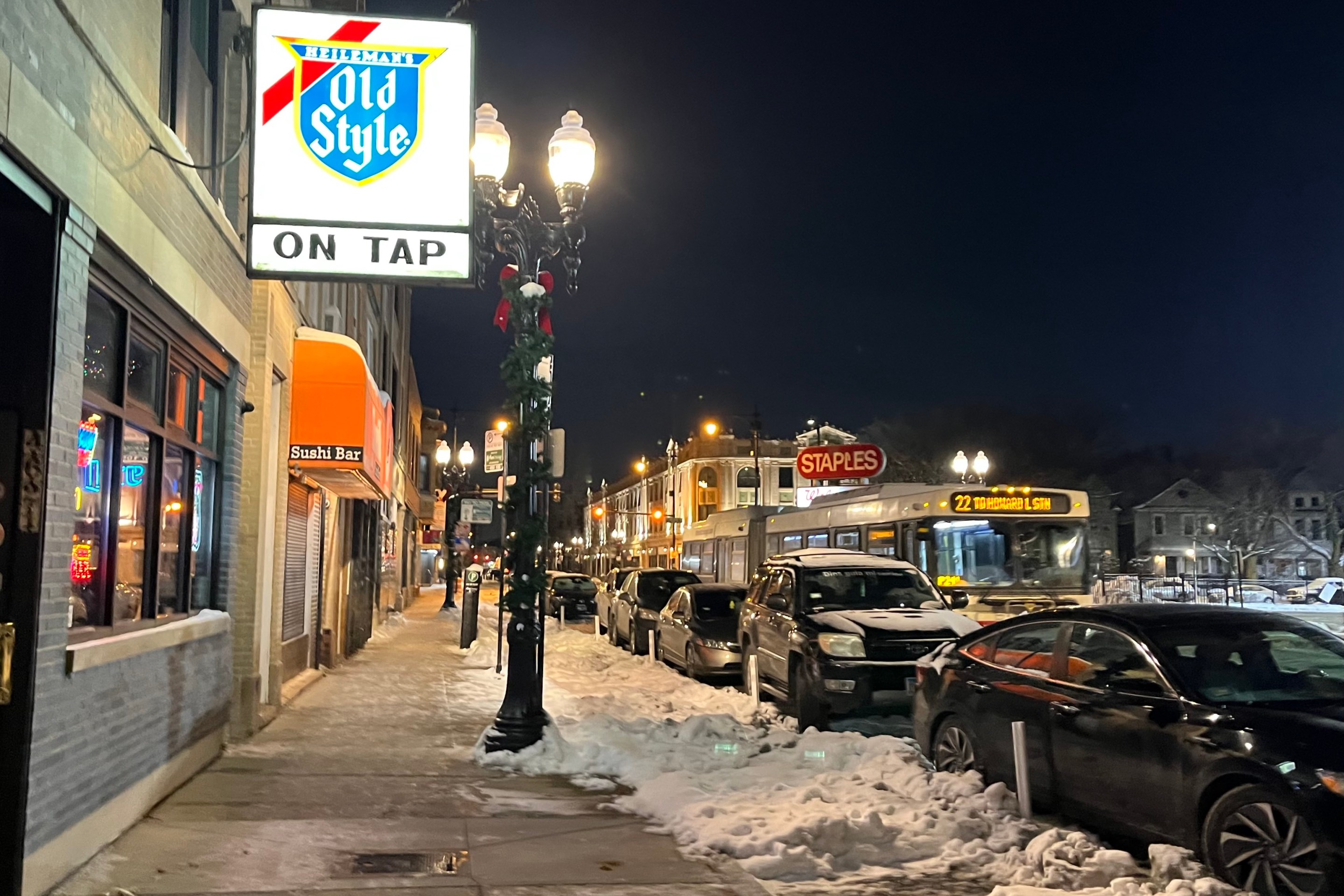The housing affordability crisis in cities like San Francisco is a big progressive cause. But not everyone agrees about what's causing the problem, and that makes it harder to address.

Alex Block at Network blog City Block has a good roundup of recent articles exploring the pheonomenon. The authors -- Kim-Mai Cutler at Tech Crunch, Ryan Avent at the Economist, and the blog Let's Go L.A. -- agree that the root of the problem is insufficient supply. Essentially, land use and zoning constraints that limit development of new housing are driving up prices for everyone:
Cutler’s article lists a whole host of other potential actions, but concludes that any path forward must work towards adding more housing units to the region’s overall supply. Unfortunately, even this broad conclusion isn’t shared by everyone. In section #5 of Cutler’s article, she notes “parts of the progressive community do not believe in supply and demand.”
Ryan Avent notes that this denial of the market dynamics, no matter the motive, is not only misguided but also counter-productive: “However altruistic they perceive their mission to be, the result is similar to what you’d get if fat cat industrialists lobbied the government to drive their competition out of business.”
Without agreement on the nature of the problem, it’s hard to even talk about potential policy solutions. And there are a whole host of potential policy solutions once we get over that hump. Unfortunately, discussion about supply constraints in cities (via exclusionary zoning, high construction costs, neighborhood opposition to development, etc) means the conversation naturally focuses on the constraint. Advocating for loosening the constraints can easily be mistaken for (or misconstrued as) mere supply-side economics, a kind of trickle-down urbanism.
Elsewhere on the Network today: Voice of San Diego relays news about compromises to a local bus rapid transit project. And Flat Iron Bike introduces a new paper that looks at how to make "managed lanes" on highways more equitable by incorporating transit.




